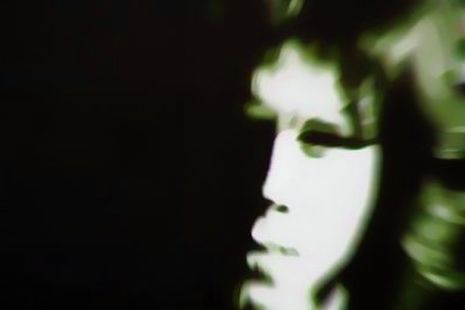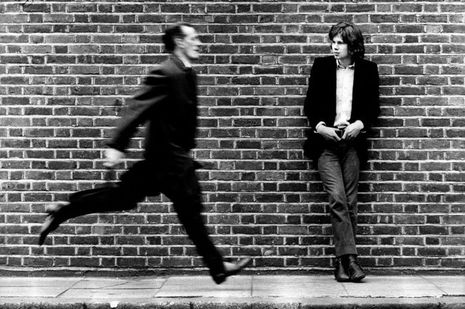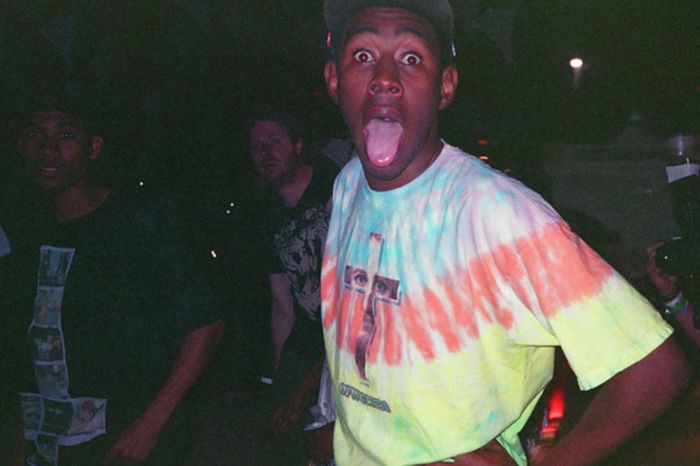More than melancholy: 50 years since Nick Drake
In this 50-year retrospective, Birdie Reeds dives into Nick Drake’s life at Cambridge, his enduring myth, and the music that transcends it all

In October 1967, Nick Drake matriculated at Fitzwilliam College, enrolling in the English tripos after a half-year in Provence. Like many public schoolboys-turned-hippies, he was swept up in late-sixties counterculture, defining himself against the rowers and rugby players. The then-Prince of Wales matriculated that same year. For Drake, the romance of old, old Cambridge — the beautiful chapels and the Backs — was reason enough to be there, though Fitz, and particularly his room in what is now our soon-to-be-redeveloped P block, left him unimpressed. As the ’68 student revolt bloomed in Paris, he sat his first exams; earning a third, he promptly set to work recording Five Leaves Left in London, devoting himself to a collection of songs rather than his studies. He named the album after the rolling-paper warning, a fitting nod to a generation nearing the last leaf in the pack.
“If we separate the songs from the myth, what more might they reveal?”
Late this November will mark 50 years since Drake’s death, and if anything hangs over him, it is surely his early departure at just 26, an overdose of prescription antidepressants. His untimely end has enshrined him in the tortured artist tradition. For his most devoted followers, Drake occupies a space somewhere between Van Gogh and Emily Dickinson: a hypersensitive recluse, unacknowledged in his brief life, both a man before his time and timeless. Today, his Spotify profile describes him as one of the ‘young Romantic poets of the 19th century’, a subliminal emblem of a less alienated age. He is often likened to a poet. Such appraisals, interestingly, won’t let his music simply be music, let alone place him among the British folk-rock scene that produced Fairport Convention, with whom he once toured and recorded. A previous Varsity article, marking the 47th anniversary of his death, was titled ‘Infinite melancholy’: more than just himself and his three remarkable albums, Nick Drake has become the ‘River Man’ of his own song.

Some of his songs are, yes, beautifully sad. But much like the dreamy spires of Drake’s imagined Cambridge, this out-of-time image is often just a tourist trap. A large part of his posthumous popularity can be credited to a 1999 Volkswagen advert that featured Pink Moon. This tastefully executed marketing piece sparked a renewed interest in Drake’s music that endures today. What followed in the 2000s was a critical re-evaluation in music magazines and a forebodingly titled biography, Darker Than the Deepest Sea, coinciding with the height of the ‘27 Club’ fascination in the wake of Kurt Cobain’s suicide. This narrative has enshrined Drake as ‘Our Lady of the Soul’s Darkest Nights’.
My own teenage engagement with Pink Moon, his last full album, was shaped by this story. Returning to it now, I wonder if this legend, however necessary to bring him into the public eye, has boxed in the full breadth of his work. If we separate the songs from the myth, what more might they reveal?
“But allow Drake’s full songwriting range to breathe, and you may find a great deal more than the myth suggests”
For one, we might see more of his skill as a guitarist. Having spent a good deal of time myself in Fitz halls procrastinating over English essays with his intricate fingerpicking patterns, it’s clear his songs were a labour of love. Drake adapted the swift Travis picking of early Dylan, varying it with more peculiar chord progressions and time signatures, all underpinned by the myriad alternate tunings he was exploring. Today, his closest analogue might be Adrianne Lenker, a re-tuning virtuoso; but even that doesn’t quite capture the low, rolling resonance of Drake’s bass strings. Both artists share a penchant for songs that blossom from their guitar work. And this isn’t to dismiss Robert Kirby, who, as an undergraduate at Caius, composed the string arrangements for Five Leaves Left and Bryter Layter (his finest work, in my opinion, being the exquisite ‘Hazey Jane I’). Just before Drake left Cambridge in 1969, he performed at Caius May Ball with Kirby and an assembled chamber group; a year later, he would stop performing live altogether.
If Pink Moon strips back the lush accompaniment of previous records to the essentials — voice and guitar — its gift is intimacy. This album, often held up as a totem for the depressive, favours simpler, more straightforward progressions, which, to me, bring out the best in his voice, warm yet understated. But this intimacy should not overshadow a distinctly cinematic quality. ‘Horn’, an instrumental track featured on Normal People’s soundtrack in 2020, is just one example from Drake’s catalogue that has been plundered for its ambiance in film and TV since that Volkswagen advert.
And though Pink Moon’s darkly surrealist cover art is striking, surreal touches were no strangers to his earlier releases. From the ‘plan for lilac time’ in ‘River Man’ to the lament of ‘One of These Things First’, where he imagines himself as various objects in quick succession, his knack for the strange and skewed extends beyond guitar work to his elliptical lyrics. If you approach a track like ‘Poor Boy’, with its jazz and gospel influences, expecting the transcendent, tortured soul, you’ll likely be disappointed. But allow Drake’s full songwriting range to breathe, and you may find a great deal more than the myth suggests.
 News / Caius mourns its tree-mendous loss23 December 2025
News / Caius mourns its tree-mendous loss23 December 2025 News / Clare Hall spent over £500k opposing busway 24 December 2025
News / Clare Hall spent over £500k opposing busway 24 December 2025 Comment / Yes, I’m brown – but I have more important things to say22 December 2025
Comment / Yes, I’m brown – but I have more important things to say22 December 2025 Interviews / Politics, your own way: Tilly Middlehurst on speaking out21 December 2025
Interviews / Politics, your own way: Tilly Middlehurst on speaking out21 December 2025 News / King appoints Peterhouse chaplain to Westminster Abbey22 December 2025
News / King appoints Peterhouse chaplain to Westminster Abbey22 December 2025









